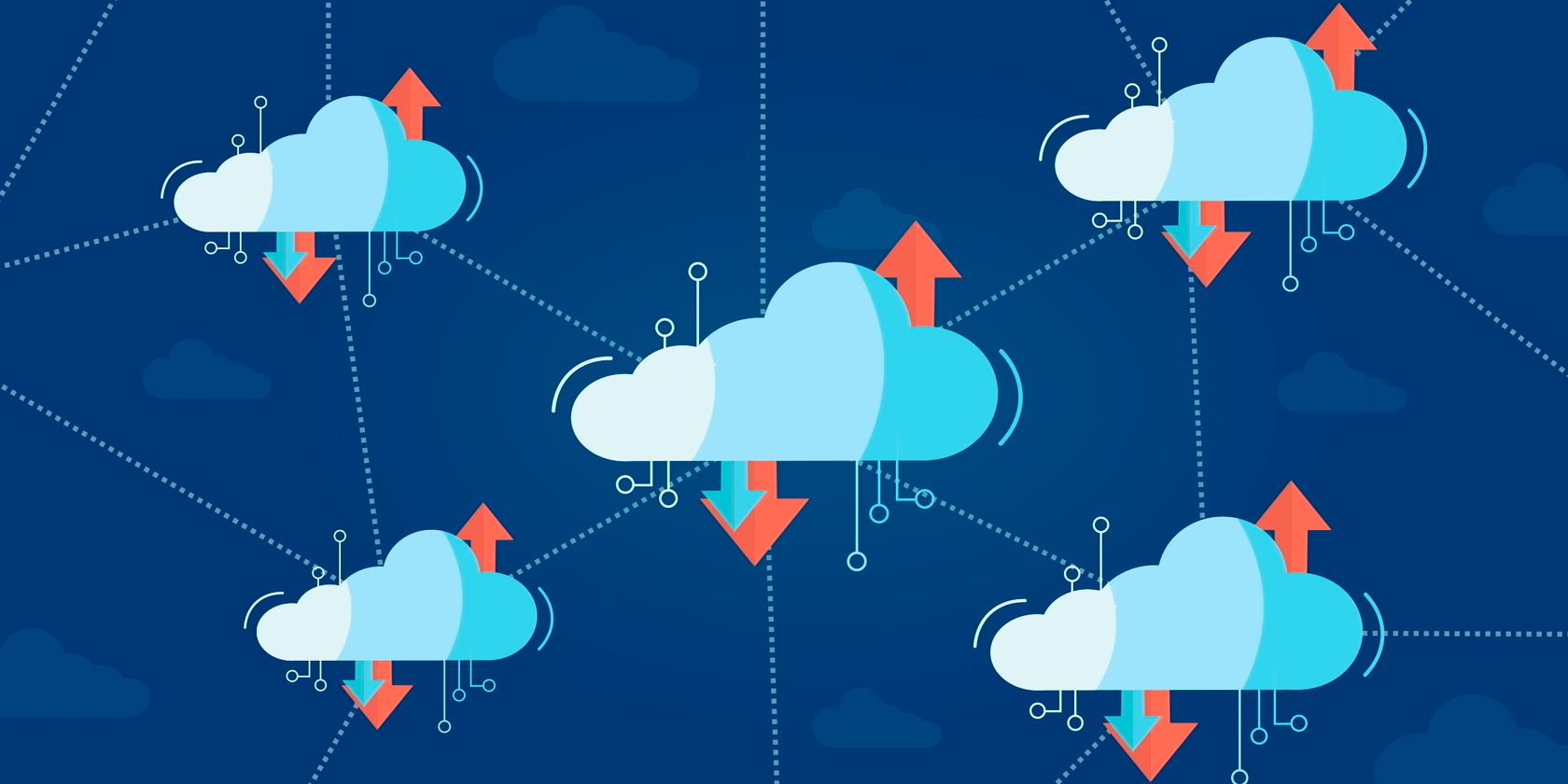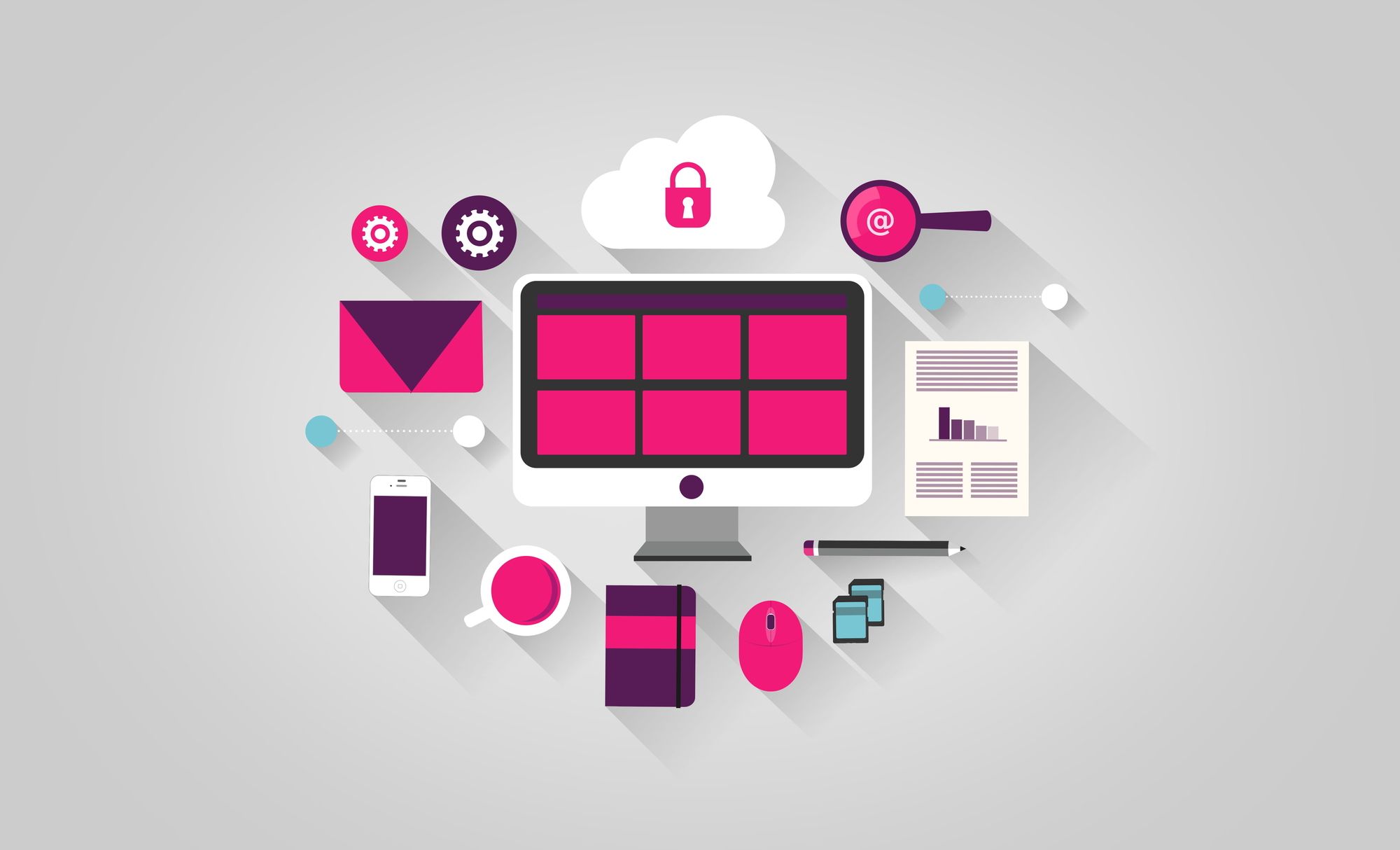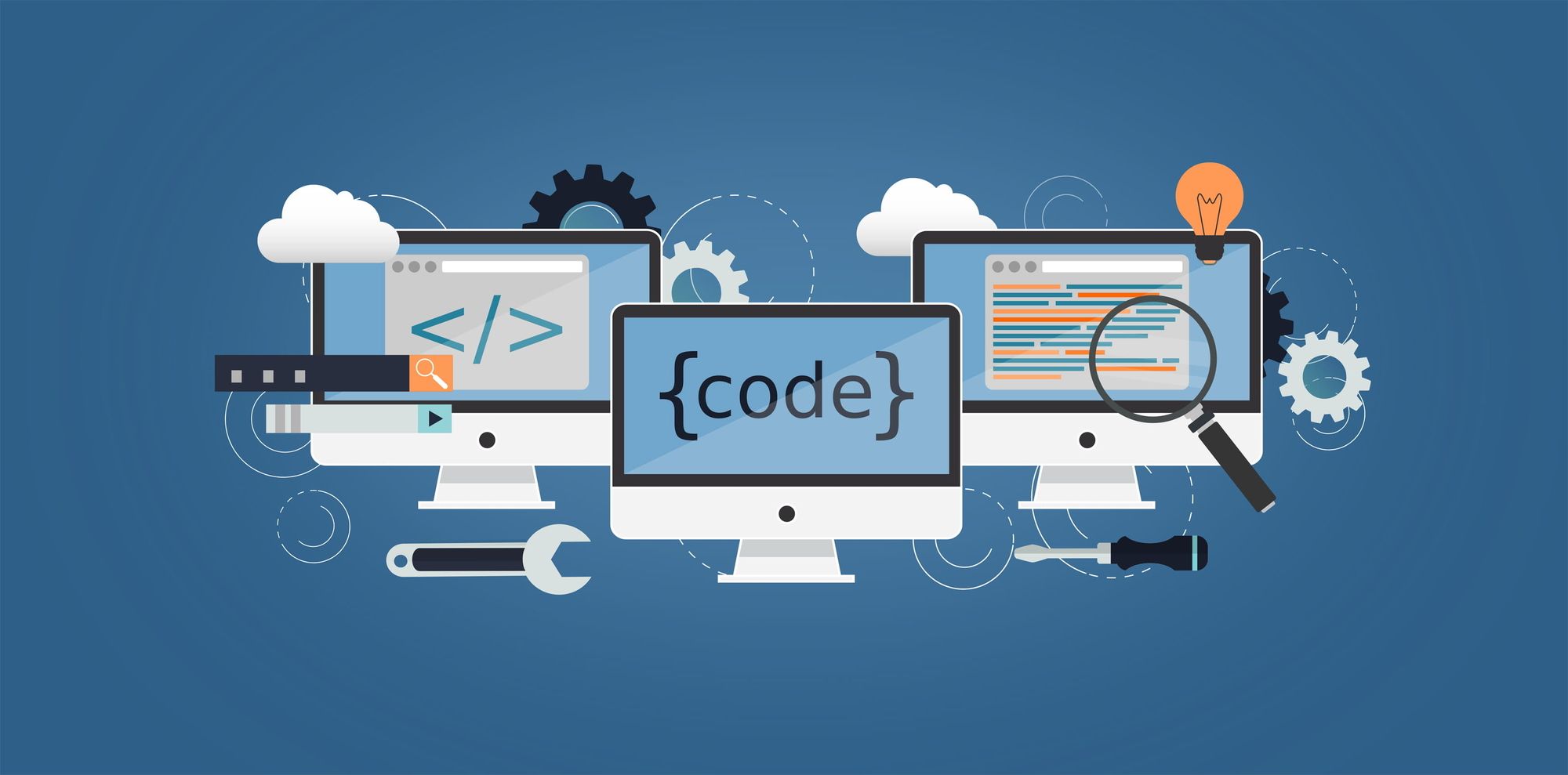Cloud services are one of the best internet innovations.
Instead of purchasing expensive software, set up platforms, or hardware along with the never-ending cost of maintenance and updates, cloud computing services allow you to pay a monthly fee to use complex services.
Depending on the services you need and the level of control and flexibility you're after, there's a cloud computing model for you.
So, what is infrastructure as a service?
Why You Need Cloud Services
Cloud computing services allow you to flexibly scale your work, whether professional or personal, without the hassle of buying and maintaining your own resources.
Cloud services make tools that rely on expensive and complex resources available to the average user instead of exclusive to large corporations. They can solve many of your issues and save time, but only when you chose the right option.
The most common types of cloud services you might be most curious about are IaaS, PaaS, and SaaS. So, what’s the difference between the three and which one should you invest in?
IaaS vs PaaS vs SaaS
To start, you need to understand what each acronym means before delving into what separates and connects them.
- IaaS: Infrastructure as a Service.
- PaaS: Platform as a Service.
- SaaS: Software as a Service.
IaaS, PaaS, and SaaS aren’t entirely separate concepts. They simply work on different levels of the same structure.
When you own the hardware, you need to manage all the background parts and operations that lead to the final result. That means having to build and manage your own infrastructure, from storage and servers to virtualization, and so on.
After setting up the infrastructure, you need a running platform to work with. A platform includes the tools, databases, and applications your operation requires. Software is the last layer that helps you accomplish a specific task efficiently.
SaaS: Software as a Service
SaaS is a type of cloud computing service. It’s similar to using and running software but without having to meet hardware requirements.
SaaS providers make software easily accessible for anyone that doesn’t have the time or resources to maintain the infrastructure or platform needed to operate the software.
SaaS is the cloud service with the least demands. However, while some SaaS is relatively flexible, allowing you to scale your subscription plan freely, other SaaS platforms are much harder to customize and grow with.
Some well-known SaaS examples include Google cloud services like Google Drive and Google Docs, and online work management apps like Monday, Asana, and ZenDesk.
PaaS: Platform as a Service
Often used by software developers and engineers, PaaS works as a building ground for software, applications, and framework testing. Managing both your data and applications allows for considerable flexibility without overwhelming you with server and network management, which your service provider handles.
Similar to SaaS, PaaS is delivered online through public, private, or hybrid cloud servers. The different cloud options allow for more flexibility and customization when it comes to the final product. For example, the service provider entirely controls and maintains public cloud PaaS. On the other hand, private cloud PaaS requires more participation and effort on your end.
There are a lot of uses for PaaS models. The slightly more complex and less known Google App Engine is a good PaaS example, as well as the better known Windows Azure and LongJump are some examples of PaaS providers.
IaaS: Infrastructure as a Service
IaaS offers the minimum resources, setting up only the necessary infrastructure, leaving the building and customization to you. While adding the other layers might require a lot of effort, it’s the most flexible and easily-scalable cloud service model between the three.
With IaaS, you basically rent servers, networks, virtualization, and storage along with their maintenance and management. However, instead of simply accessing them like a web application, IaaS providers often operate through a dashboard or an API, giving you maximum control.
As you can still access your data servers remotely, your work model mostly depends on virtual data centers and virtual servers instead of on-site, physical ones. Some IaaS examples to consider are Amazon Web Services, Google Compute Engine, and VMware.
The Limitations of Cloud Services
While different cloud services offer different benefits and have varying demands, they all share a set of limitations and disadvantages that could be complete deal-breakers to some.
Lack of Control
Having a third-party service provider manage a big chunk of your operations is a double-edged sword. While it might take a lot of weight off your shoulders, it also drastically reduces the level of control you have over your resources.
Downtime
Downtime is unavoidable, even with the high-end service providers. Not having control over your infrastructure, platform, or primary software could be disastrous for any period of time. After all, downtime leaves you stranded with no resources or tools to work with.
Connection Issues
Similar to downtime, internet connection issues could have devastating consequences since all services are provided remotely via the web.
Connection issues, either on yours or the service provider’s end, are bound to occur, lasting anywhere from a few minutes to hours and days. Not having your resources on-site means all of your work and operations come to a halt until you or your provider fix the connection issue, as backup plans can only take you so far.
Privacy and Security
By using cloud services, you’re handing a significant portion of your data to off-site locations. In addition to reduced privacy, you must trust your service provider with your data’s security.
After all, it’s up to them to provide adequate protection against cyberattacks and data leaks, which could harm your reputation and finances even if the attack wasn't your immediate fault.
Making the Most of Cloud Computing Services
Cloud computing services are proving to be a crucial part of today's technical operations. They're easy to use and save you a lot of time, effort, and resources in the long run, making complex tech more widely available and easier to use.
Making the most of cloud service means understanding the pros and cons and each service type and service provider. You need to determine which works best for you now and would be able to grow alongside your evolving needs.
Image Credit: Piqsels.




